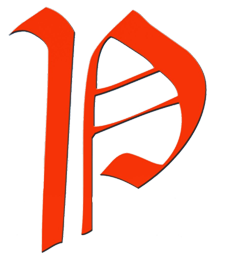The worship of Durga is done in the autumn (শরৎ Shôrot) and is considered as the largest Hindu festival of Bengal. Durga’s Pujo is celebrated from the sixth to tenth day in the month of Ashwin (আশ্বিন Ashshin), which is the sixth month in the Bengali calendar. Occasionally however, due to shifts in the lunar cycle relative to the solar months, it may also be held in the following month, Kartika (কার্তিক Kartik). In the Gregorian calendar, these dates correspond to the months of September and October.
In the Krittibas Ramayana, Rama invokes the goddess Durga in his battle against Ravana. Although she was traditionally worshipped in the spring, due to contingencies of battle, Rama had to invoke her in the autumn akaal bodhan. Today it is this Rama’s date for the pujo that has gained ascendancy, although the spring pujo, known as Basanti Puja, is also present in the Hindu almanac and is celebrated in various parts of Bengal. Since the season of the puja is (শরৎ Shôrot) autumn, it is also known as শরদিয়া Shôrodia.
The pujos are held over a ten-day period, which is traditionally viewed as the coming of the married daughter, Durga, to her father, Himalaya’s home. It is the most important festival in Bengal, and Bengalis celebrate with new clothes and other gifts, which are worn on the evenings when the family goes out to see the ‘pandals’ (temporary structures set up to venerate the goddess). Although it is a Hindu festival, religion takes a backseat on these five days: Durga Pujo in Bengal is a carnival, where people from all backgrounds, regardless of their religious beliefs, participate and enjoy themselves to the hilt.
Every year Prabashi celebrates Durga puja with lots of fun and fanfare along with the community.We celebrate the 10 day festival into two days which involves pujo and cultural programs .
Past Durga Puja events are under the Past events .
Check this year details on Durga Pujo on the submenu for this year.
